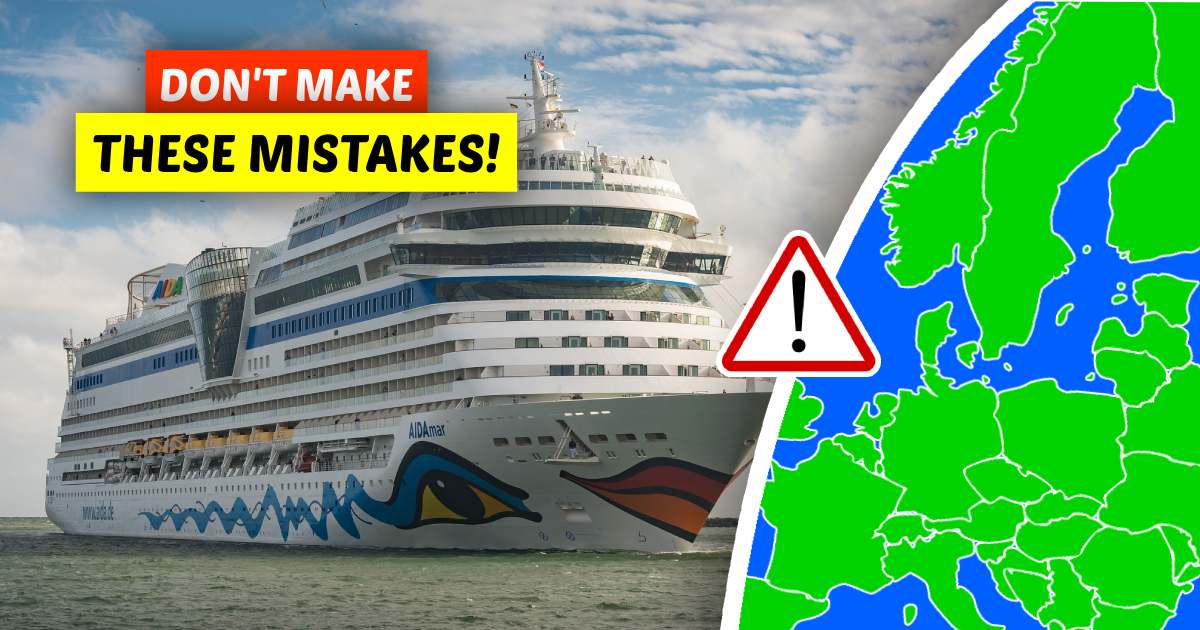Are you preparing to embark on the European cruise of a lifetime? If so, don’t let common cruise mistakes turn your dream vacation into a sea of faux pas and fiascos. Cruising the Mediterranean, Greek islands, British Shores, Norway’s fjords, or the Baltic Sea is a thrilling experience. But it’s easy to hit choppy waters if you don’t plan and know what to expect.
European cruises offer a different experience from cruising the Caribbean, Alaska, or South America. Each country has its own language, culture, history, landscapes, and beauty. A 7 or 10-day cruise in Europe lets you experience a plethora of stunning cruise ports, culinary delights, and cultural treasures.
With so many countries and cultures packed into one journey, being prepared is crucial.
To ensure an unforgettable journey, I’ve compiled the top common mistakes to avoid. I’ll share insights from my travels and stories from experienced cruisers who’ve navigated breathtaking voyages on European cruise vacations.
Why Cruisers Make Mistakes on European Cruises

The biggest mistake first-time European cruisers make is comparing the cruise to sailing the Caribbean. European cruises focus more on historic cities and cultural experiences than beaches and water activities. Also, currencies, languages, and customs vary across Europe, unlike the more uniform experience of the Caribbean.
For example, consider the climate. Cruising Norway’s fjords can be a cool 60°F (16°C) in summer, while Greece can reach a sweltering 95°F (35°C). Tendering is more common in Europe, and cruise ports may be far from tourist attractions. Plus, tipping culture differs drastically in all European cities compared to North America.
Top Mistakes to Avoid on a European Cruise
Are you ready to set sail on a European cruise? Before you pack your bags, ensure you’re not about to dive into the deep end of rookie mistakes. Here are common mistakes you must avoid to experience an incredible European voyage.
Arriving at the port on embarkation day

One of the common mistakes people make before a European cruise is arriving on embarkation day. Flights from North America usually depart in the evening and arrive in the morning. This may be only a few hours before the ship leaves. Don’t slip up and leave yourself little wiggle room for delays and cancellations.
There are other considerations when arriving at the port in good time. For example, the airport may be several hours away from the port by shuttle bus or train. Additionally, air strikes in one European country can have a knock-on effect in other countries. And there is the question of jetlag to consider—usually worse when flying east.
The best advice from experienced cruisers is to arrive two days before embarkation. This minimizes the risk of missing the ship. You also have the added bonus of sightseeing in the departure port city while recovering from jetlag.
Forgetting to check visa and entry requirements
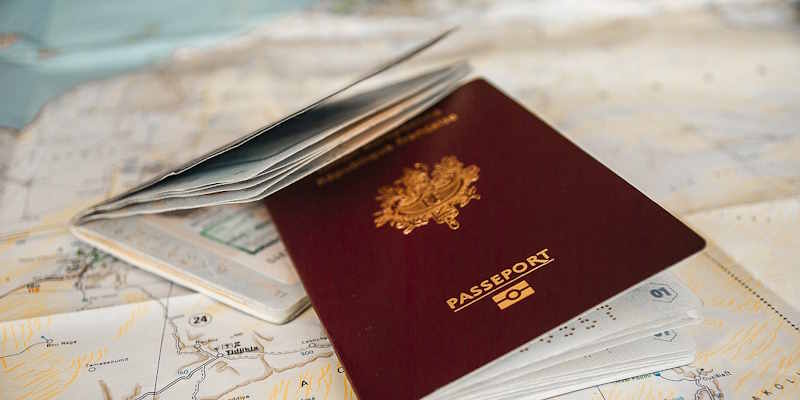
Overlooking visa and entry requirements for all ports of call on your cruise itinerary is a big mistake. This can lead to denied boarding or entry at ports, ruining your entire cruise. European countries have different visa policies—even within the Schengen Area. Also, starting in 2025, all non-EU nationals will require a travel authorization (ETIAS) for entry.
Remember that several countries on a European cruise may not be part of the EU. For example, entry requirements for the United Kingdom, Norway, Turkey, and Albania differ from the EU.
To avoid this blunder, research each country on your itinerary. Some cruisers recommend checking the cruise line’s guidance and official embassy websites. Apply for necessary visas well in advance. One frequent cruiser to Europe says that she always double-checks the entry requirements before each cruise.
Underestimating weather conditions

Don’t make the mistake of misjudging Europe’s diverse weather conditions. Temperatures between southern and northern Europe can vary by 35 degrees in the same month. Norway’s fjords may be chilly in late spring, while the Mediterranean bakes under the sun. Also, Eastern Europe enjoys summer highs in the 80s (26°C), but temperatures plunge below -10°F (-23°C) in winter.
For first-time cruisers, the best advice is to pack layers and versatile clothing. Check weather forecasts for each port ahead of time. I’ve found that an umbrella and a light jacket are essentials even for summer cruises in northern Europe.
Packing Mistakes

Packing too many clothes or the wrong type of clothing is a common blunder newbie cruisers make. Europe’s varied climate can make it challenging to pack for every scenario.
Here are some top cruise tips for packing I found by reading cruise forums:
- Pack strategically with mix-and-match outfits
- Pack layers rather than bulky sweaters
- Use packing cubes to organize your belongings
- Have a light backpack for onshore excursions
Failing to account for local holidays and festivals

Europe’s rich and diverse culture means ignoring local holidays and festivals is a big mistake. You may arrive in port to find attractions and stores closed or streets overcrowded. I remember being on a Scandinavian and Baltic Sea cruise in mid-June, not realizing that the big cities almost shut down for midsummer celebrations.
Planning prevents you from missing out on key sights or experiences. So before your trip, consult local calendars to identify holidays and festivals in each port. You can immerse yourself in local celebrations or plan alternative activities to avoid closures.
Knowing what to expect helps you maximize your time and experience the best of each destination without unnecessary surprises.
Having unrealistic expectations about what you can see in a day

Many first-time cruisers fail to consider that ports may be far from tourist attractions. I remember arriving in Civitavecchia excited to experience Rome. But I didn’t realize it’s an hour’s journey both ways. And the traffic in the city meant I didn’t get around all the attractions I wanted to.
Major European cities are rich with historic landmarks and popular attractions. So you may tire yourself by trying to see too much in a day. Also, you may wait in line for some of the most popular places. The best advice is to set realistic goals—pick one or two must-see attractions per city.
This approach makes your trip more enjoyable and less stressful, allowing you to savor each experience.
Assuming all European countries on a cruise use the Euro

Don’t fall into the trap of assuming every European country uses the Euro or that US dollars are widely accepted. Most EU countries use the Euro, but the Czech Republic, Sweden, and Denmark use different currencies. Also, the UK and Norway aren’t in the Euro Zone, so you’ll need GBP and NOK for those countries.
For flexibility, carry small amounts of local currency or a credit card with no foreign transaction fees. Currency exchange services and ATMs are widely available. However, I always try to have some local currency on hand to save time and hassle when making small purchases or tipping.
Relying on Amex or Discover Cards
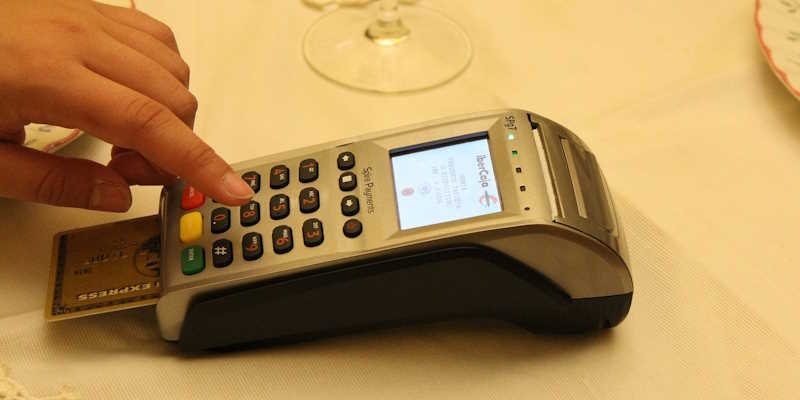
American first-time cruisers often forget that American Express and Discover cards are rarely accepted in Europe. Having limited payment options can result in additional stress and spoil the cruise experience. Most European businesses prefer Visa or Mastercard, and some places are entirely cashless.
Most cruise bloggers suggest bringing a Visa or Mastercard—debit, credit, or prepaid—to streamline paying in stores and restaurants. Notifying your bank of travel plans to prevent security holds on your cards is also a good idea.
Thinking you must tip 20% everywhere
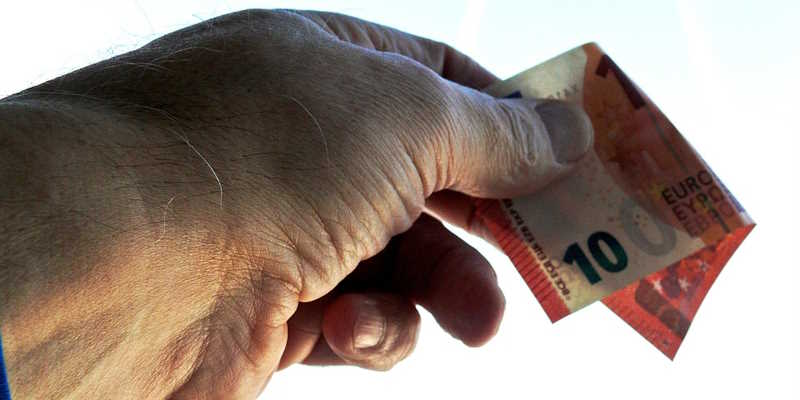
One thing I love about traveling in Europe is their gratuity culture—there is none! So don’t assume you must tip 20% to everyone who serves you. I’ve found that many restaurants include an optional service charge in the bill. In many cases, rounding up the bill is enough. Don’t worry—no one will run after you if you forget to or don’t want to tip.
The consensus is to research local tipping customs before you travel. One seasoned cruiser said that knowing the tipping etiquette saves money and respect for local customs. The cruise gratuity culture is different even for ships originating in the EU. For example, Virgin Cruises doesn’t accept tips.
Not understanding cellular and data packages

It’s common to get confused about cellular and data packages when traveling in Europe. Some countries outside the EU have excessive roaming charges. Using your phone without a proper plan can quickly become expensive, especially if you inadvertently connect to non-EU networks.
I remember once being on a Greek island close to Turkey and being shocked to get a hefty bill for unexpected roaming charges. I couldn’t understand because I had purchased an EU SIM card. However, I realized my phone signal was connected to a Turkish network provider.
Cruise specialists advise investing in a European SIM card or an international data plan to avoid roaming fees. Also, most European cities have plenty of cafes or public spaces with free WiFi hotspots. This allows you to stay connected without worrying about exorbitant charges.
Not budgeting for onboard expenses

Neglecting to budget for onboard expenses is a common mistake newbie cruisers make. While cruises are all-inclusive vacations, spending doesn’t end when you board the ship. You must budget for specialty dining, drinks, shore excursions, and spa treatments.
I always plan a careful budget before boarding by reviewing the ship’s offerings. Sometimes, a drink package can save money, and prepaying for certain extras can result in discounts. However, the all-included cruise ship dining venues are ideal without splashing out on specialty dining.
Not pre-booking shore excursions

Don’t overlook the need to pre-book shore excursions. Waiting until the last minute can mean missing out on popular tours and experiences. For example, excursions to historic landmarks in Rome, Athens, Barcelona, Santorini, or Lisbon fill up quickly in peak seasons.
One frequent cruiser recommends booking excursions as soon as they are available. This way, you guarantee your spot. But don’t overlook the benefits of booking with local tour operators. You can often enjoy a more authentic cultural experience.
Top cruise you tip: Remember, there is a significant difference in prices in Nordic countries compared to southern Europe. For example, the average cost of beer in Norway is between $8 and $10—about the same as the cruise ship!
Assuming all shore excursions are similar

It’s a mistake to assume that all European shore excursions offer the same experience. Cruise line excursions in Europe can include historic sites, museums, archaeological wonders, quaint villages, fjords, and vibrant cities. Therefore, take time to research each city on your cruise itinerary to enjoy a more enriching experience.
Booking too many shore excursions

A common pitfall when booking a European cruise is trying to pack in too many cruise line excursions. I made this mistake on my first cruise. What should have been a relaxing time turned into a hectic and exhausting experience. Back-to-back excursions leave little time to unwind and enjoy the cruising experience.
Try to balance planned excursions with free time. Choose key highlights and leave room for spontaneity, allowing you to explore at your own pace or relax. For example, I always plan a day to stay onboard to enjoy the ship’s facilities in peace and quiet.
This approach prevents burnout and ensures you return to the ship feeling refreshed and ready for the next adventure.
Ignoring the fine print on drink packages
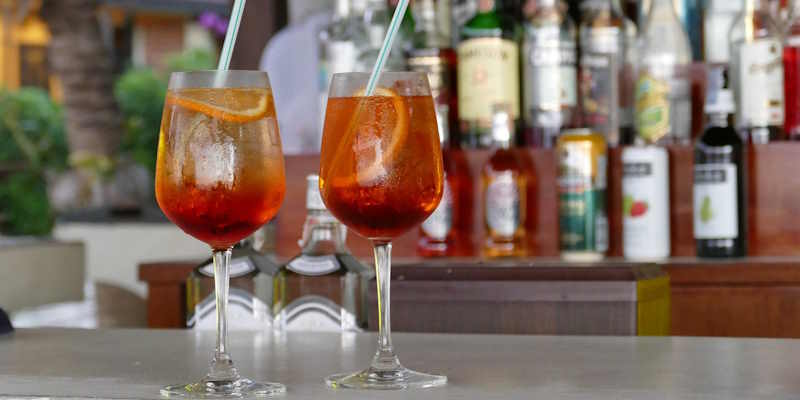
Ignoring the fine print on drink packages can lead to unexpected costs and disappointment on any type of cruise. Not all beverages are included, and many packages have restrictions like the following:
- High-end spirits
- Number of drinks per day
- Cost limit for individual drinks
- No sharing of beverage packages
Without reading the details, you might find yourself paying extra for items you thought were covered.
Always read the fine print and understand what your drink package includes. Clarify any restrictions or limitations before purchasing. Remember that some cruise lines prohibit bringing shore-bought alcohol to consume on board. And if you can bring wine onboard, you may have to pay a corkage fee to drink it.
Disregarding the ship’s daily schedule
Don’t forget to check the ship’s daily schedule on your cruise. This way, you don’t miss out on fun activities, unique dining options, or important events. I usually ask my cabin steward for a paper copy as I find it easier to plan my day.
Forgetting to get in shape before the trip

The amount of walking is a surprising difference between many European trips and Caribbean cruises. Many shore excursions involve extensive walking, climbing steep stairs, or navigating uneven terrain. The excursions may be tiring and unenjoyable if you’re not in good shape.
Many cruise experts recommend starting light exercise a few weeks before the cruise. Walking, climbing stairs, or light cardio can improve your endurance. Therefore, you’ll enjoy each port of call without feeling exhausted or overwhelmed.
Top cruise tip: Bring a good pair of comfortable walking shoes for shore excursions.
Not trying local cuisine in each port

A missed opportunity many first-time cruisers make is not trying the local cuisine. Sticking to the ship’s food or familiar options makes you miss out on each country’s unique flavors and culinary traditions. Even if it’s a snack from a street vendor, trying the local cuisine can be a trip highlight.
So, why not research popular eateries or street food options beforehand? Savoring local flavors enriches your travel experience. It gives you a taste of the region’s culture and traditions beyond the typical tourist attractions.
Not learning basic local language phrases

I always make it a point to learn basic phrases for each country on the cruise itinerary. Learning simple words like “hello,” “thank you,” and “please” shows respect for the culture and leads to more positive interactions with locals.
Failing to prepare well for the tendering process

On my first European cruise, I soon realized that cruise ships anchor offshore more frequently than in the Caribbean. This requires some extra planning to avoid leaving the ship too late to disembark. My best advice is to plan for tender ports and get up early to get in line or secure a tender ticket.
Related articles:
- Top Luxury Small Ship Cruises in the Mediterranean
- Top Small Ship Cruises for a Magical Greek Islands Journey
- Things You Can Bring on a Plane, but Not a Cruise Ship

